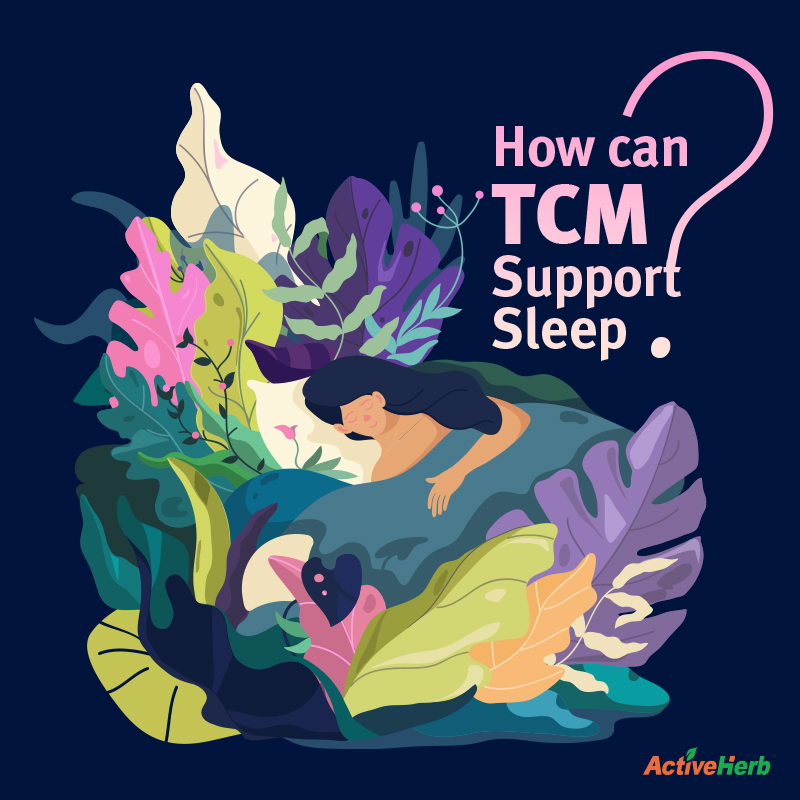Goji Berries in TCM: The Legendary Anti-Aging Herb & Now, Superfood

If there’s one raw Chinese herb you should be buying in bulk it’s Gou Qi Zi, or goji berry. In TCM, goji berries are considered one of the best anti-aging herbs. That’s because goji berries act directly on the Liver channels, which means it supports eye and vision health. Goji berries also influence the Kidney channel, which is home to your vital essence (Jing).
Out of thousands of Chinese herbs, Goji berries are one of the relatively few used in China as both an herbal medicinal ingredient and as a popular food. In fact, the China State Food and Drug Administration, considers goji berry one of 87 TCM ingredients that can be used as a functional food.
Goji Berries: The Easiest Raw Chinese Herb To Use (And Eat)
Normally, making your own traditional Chinese medicine at home isn’t for the faint of heart or inexperienced. Crafting herbal concoctions out of single bulk Chinese herbs is a lengthy, malodorous and potentially-messy affair.
But the good news about Gou Qi Zi is that you don’t have to cook it to get the anti-aging health benefits. You can simply eat them raw by the handful like raisins. Goji berries actually look like red raisins. In China, the berries are added to traditional soup recipes or hot tea. (You can make instant hot Goji Berry tea in seconds flat with extract granules). And like raisins, raw goji berries can be added to cookies, granola, yogurt, and salads.
But that’s where the similarity ends between the two fruits. Raisins contain 25 grams of sugar in one small snack box. In comparison, goji berries contain just 12 grams of sugar per quarter cup. Goji berries are actually a member of the nightshade family, which includes potatoes, tomatoes, peppers and eggplant.
Goji Berries Nutritional Facts
Another thing that separates goji berries from raisins is nutritional value. Goji berries are far more nutrient dense. In fact, a one-quarter cup serving contains 150% daily value of vitamin A; 85% copper; 75% selenium; over 60% vitamin B2; over 40% iron; nearly 30% vitamin C; over 20% potassium and 15% zinc. Goji berries also contain over 20 trace minerals.
In addition, goji berries contain 8 out of the 9 essential amino acids and several important antioxidants. The antioxidants in goji berries may be the phytochemicals responsible for providing this TCM herbaceous fruit with its anti-aging properties.
The antioxidants in goji berries include lycopene (which also gives tomatoes their red pigmentation); polysaccharides (the primary active compound in goji berries); lutein (beneficial for the eyes), and carotenoids (including eye-supporting zeaxanthin; it provides pumpkins and carrots and other fruits and veggies their yellow, red or orange pigment).
Because of its high-nutrient density, goji berries have been recognized as a superfood in the U.S. since the early 2000’s.
Goji Berries In TCM: What’s It Used For?
Goji berries, also called wolfberries, have been used in China for far longer than just two decades. The berries have been cultivated for at least 700 years along the Yellow River, and have likely been consumed for thousands of years throughout China.
In TCM theory, Gou Qi Zi belongs to a category of herbs that tonify Yin energy and Blood. One of the few sweet-tasting herbs commonly used in TCM, Gou Qi Zi, as mentioned earlier, nourishes and tonifies the Liver and Kidneys. What does that mean from a functional perspective?
Well, let’s start with the Liver organ system. Known as the commanding general of all other organs, the Liver of TCM helps regulate Qi and bodily functions. This is the equivalent of homeostasis in Western medicine. The Liver also governs your emotional state.
As for the Kidney organ system, it serves as the storagehouse of Jing, one of the three treasures of TCM. Jing (essence) can transform into Qi and Blood. The Kidneys are also the primordial source of Yin and Yang energy; every fundamental substance that’s crucial for living a long and healthy life takes root in the Kidneys.
According to TCM theory, the Liver channel “opens into the eyes”. Goji berries may support eye and vision health because it directly influences the Liver channel.
And because it also acts on the Kidneys, goji berries may support hair growth, hearing, bones, energy levels, and other important functions that may diminish over time because of the aging process.
Conclusion
The Kidney organ system holds the genetic blueprint for your health and longevity. Although some of your genetic blueprint is finite because of biological influences, smart lifestyle choices may help extend your quality of life and lifespan.
For thousands of years in the Far East, eating goji berries has been one of those lifestyle choices that may provide anti-aging benefits. To smart snacking!






